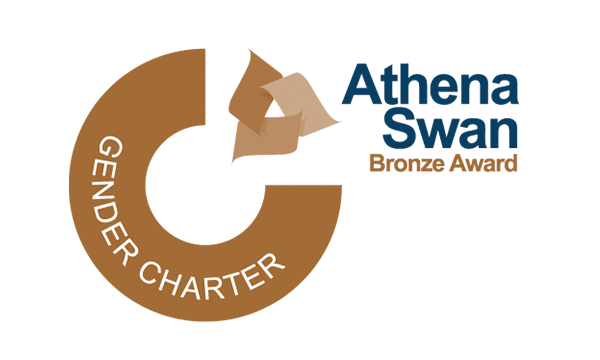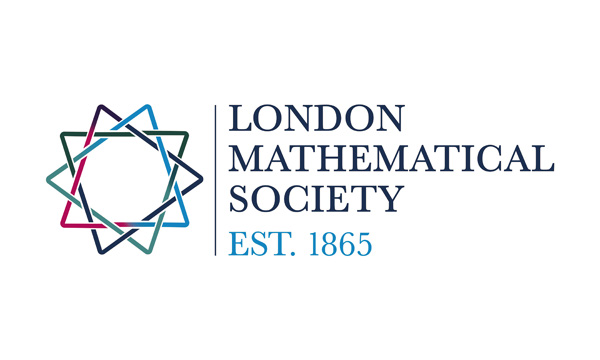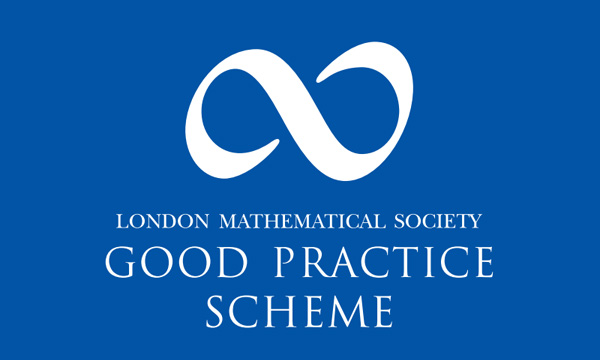Linear groups
Friday 4th September 2020, University of Lincoln Local organiser: Anitha Thillaisundaram
This is the eleventh meeting of the Research Group Functor Categories for Groups (FCG). This meeting shall focus on linear groups and topics related to them. Linear groups play a central role in various subjects from representation theory, to Lie theory, to the theory of algebraic groups. Over finite fields they provide the bulk of the classification of finite simple groups through Chevalley’s theory.
All talks will be held online via Microsoft Teams. The timetable is as follows, where all times are given in British Summer Time:
- 13:15-14:15: Jack Button (University of Cambridge), Finitely generated linear groups and their geometric group theoretic properties
- 14:20-15:20: Agnieszka Bier (Silesian University of Technology), Verbal properties of groups of (uni)triangular matrices
- 15:20-15:50: Tea and coffee
- 15:50-16:50pm: Sandro Mattarei (University of Lincoln), Narrow Lie algebras
The FCG Research Group is supported by an LMS Joint Research Groups in the UK Scheme 3 grant.
Abstracts
Jack Button (University of Cambridge), Finitely generated linear groups and their geometric group theoretic properties
We examine the class of finitely generated linear groups, in both zero and positive characteristic, and consider (with examples) the question of whether linearity of a finitely generated group is enough to ensure good geometric behaviour, as well as the converse.
Agnieszka Bier (Silesian University of Technology), Verbal properties of groups of (uni)triangular matrices
In this talk we will discuss values of words in groups of triangular matrices and the related verbal subgroups. I will provide a complete characterization of the verbal structure of the group T(n,K) of upper triangular matrices and of its subgroup UT(n,K) of unitriangular matrices of order n over the field K. I will introduce the notion of verbal width and discuss the existence of solutions to equations of the type g = w(x1,x2,…,xn), where g is the given group element and w is a word of one of the following types: power word, basic commutator, outer commutator, Engel word, or a mixture of these. Some of the results will be generalized to groups of infinite (uni)triangular matrices. The talk will summarize the topics covered in [1]–[6].
- A. Bier, “Verbal subgroups in the group of triangular matrices over field of characteristic 0”, J. Algebra 321, 2 (2009), 483–494.
- A. Bier, “The width of verbal subgroups in groups of unitriangular matrices over a field”, Int. J. Alg. Comput. 22, 3 (2012), 1250019.
- A. Bier, “On solvability of Engel equations in the group of triangular matrices over a field”, Linear Algebra Appl. 438 (2013), 2320–2330.
- A. Bier, “Commutators and powers of infinite unitriangular matrices”, Linear Algebra Appl. 457 (2014), 162–178.
- A. Bier and W. Holubowski, “A note on commutators in the group of infinite triangular matrices over a ring”, Linear Multilinear Algebra 63 (2015), 2301–2310.
- A. Bier, “On lattices of closed subgroups in the group of infinite triangular matrices over a field”, Linear Algebra Appl. 485 (2015), 132–152
Sandro Mattarei (University of Lincoln), Narrow Lie algebras
By narrow Lie algebras we mean residually nilpotent Lie algebras where, roughly speaking, most ideals are terms of the lower central series. Some initial motivations and notable examples come from pro-p groups, but narrow modular Lie algebras exhibit more complex behaviour, in large part due to connections with non-classical simple finite-dimensional modular Lie algebras. We will survey a number of results including some classifications, either achieved or conjectured.




